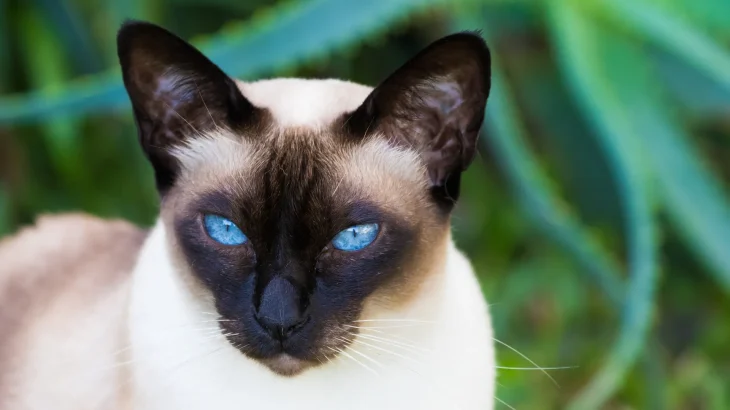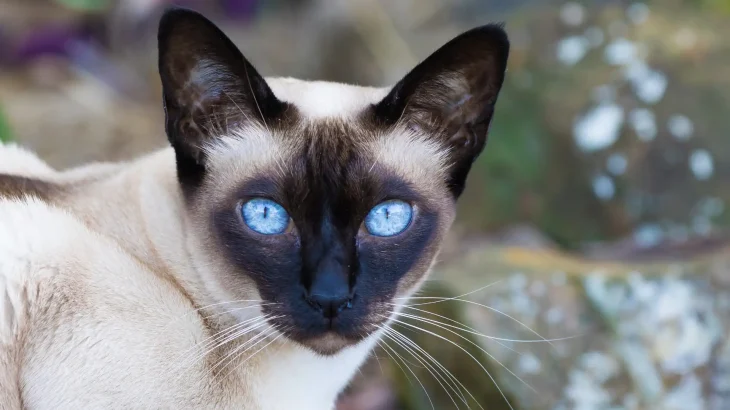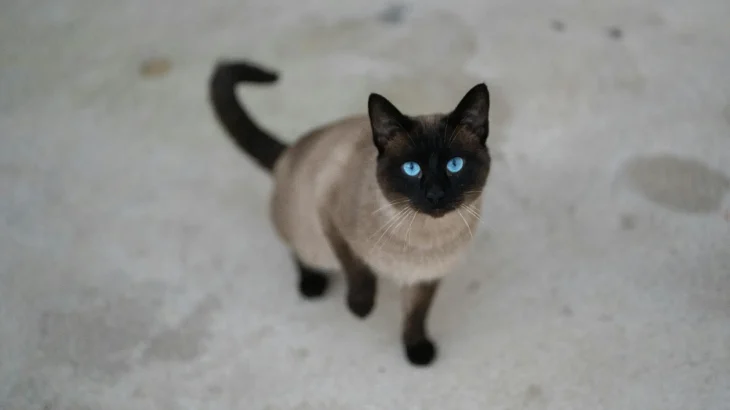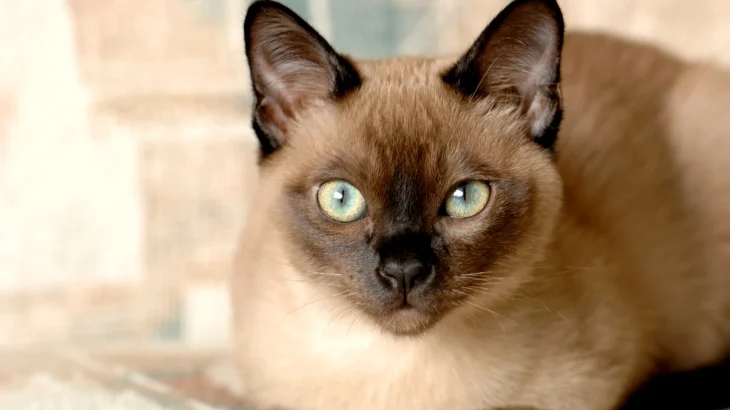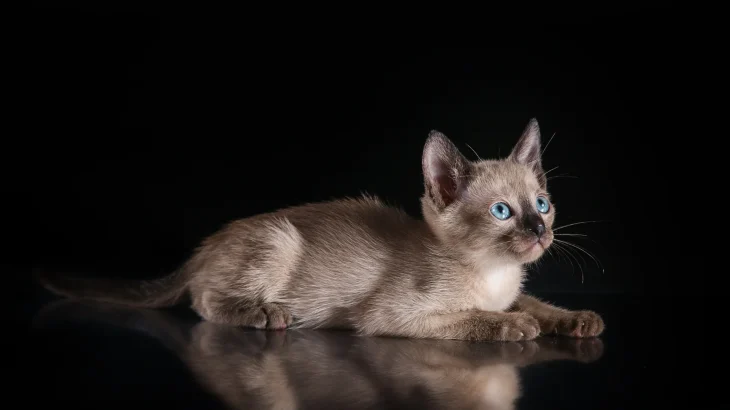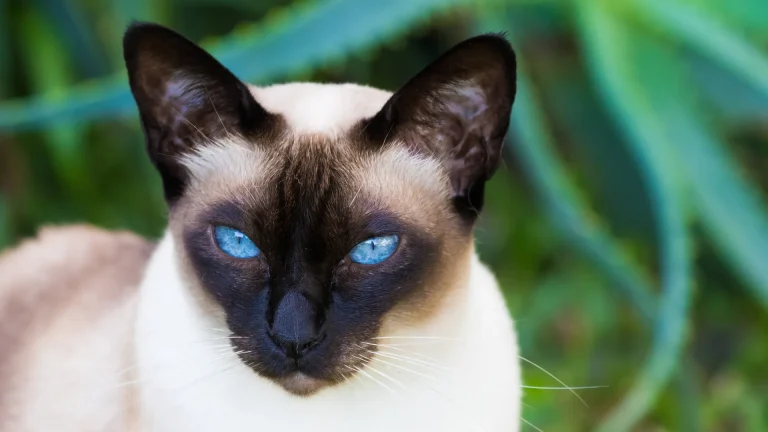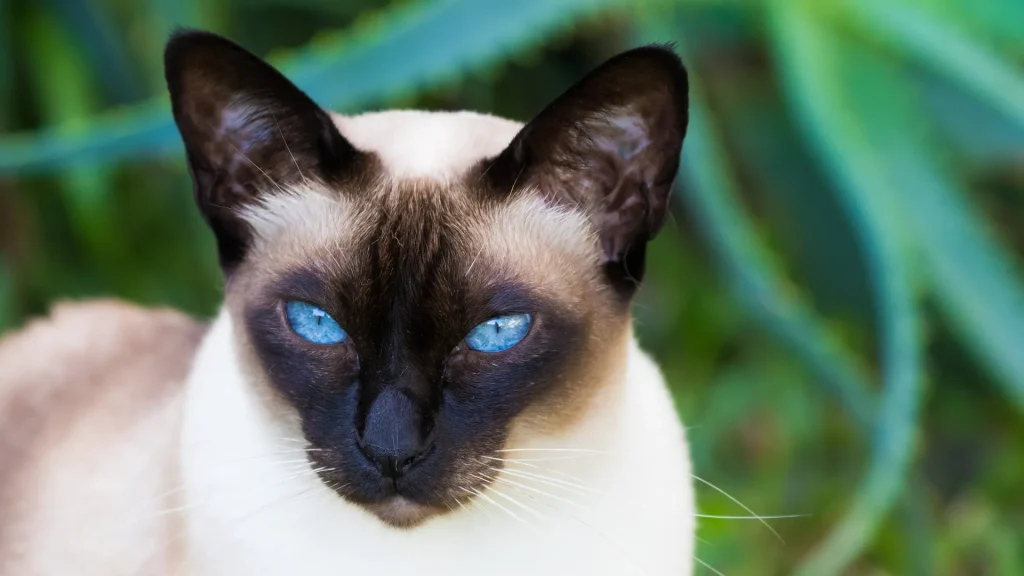Choosing between adopting or purchasing a Tonkinese kitten depends on your priorities, such as cost, health certainty, and ethical considerations. Buying from a breeder often ensures known lineage and breed traits, while adoption offers a chance to provide a home to a cat in need, usually at a lower cost and with community benefits.
| Criteria | Buying from Breeder | Adopting from Shelter/Rescue |
|---|---|---|
| Cost | Higher initial cost, usually more than adoption fees. | Lower adoption fee, often covers spay/neuter, vaccines, and microchipping. |
| Health History | Detailed health records and genetic screening usually provided. | Health history may be unknown; shelters perform basic health checks. |
| Age Availability | Primarily kittens, allowing early socialization and bonding. | Variety of ages including kittens, adults, and seniors. |
| Temperament Insight | Breeders can provide personality insights based on lineage. | Shelter staff observe behavior but full history often unknown. |
| Supporting Practices | Supports breeding programs; choosing ethical breeders is important. | Supports animal welfare by rescuing cats in need. |
| Ethical Considerations | Risk of supporting irresponsible breeding if breeder is not reputable. | Helps reduce shelter overcrowding and euthanasia rates. |

